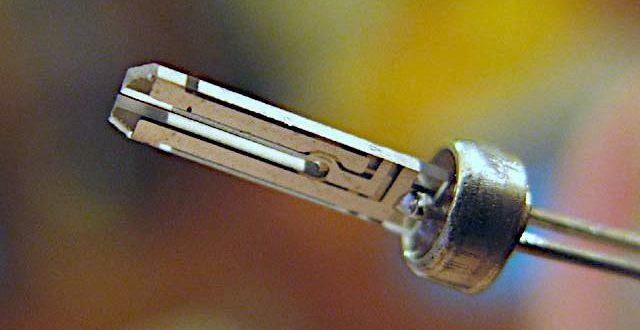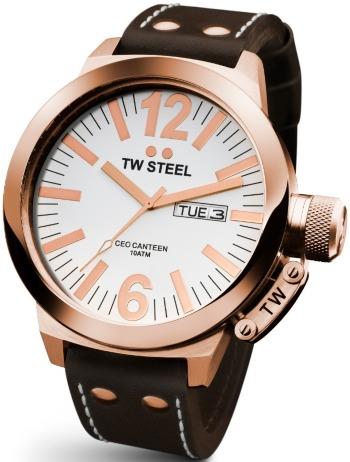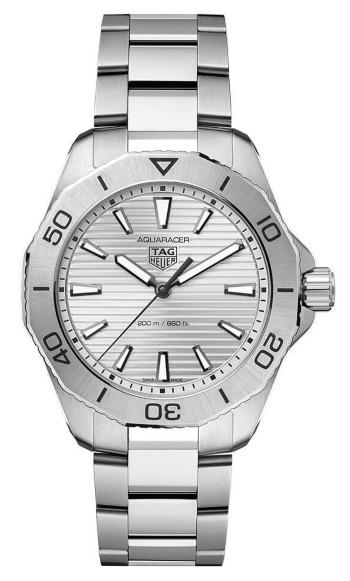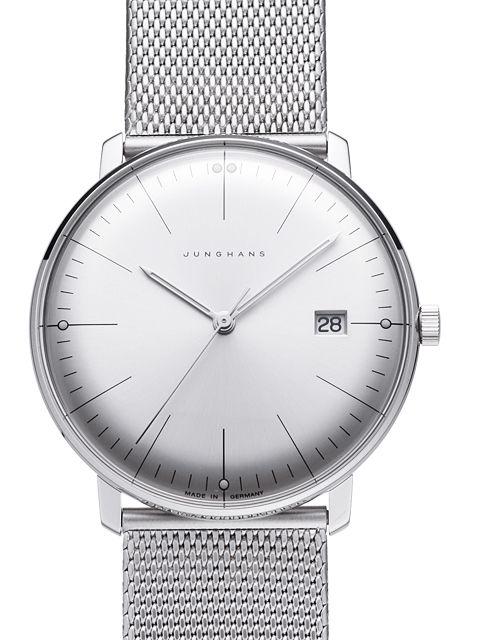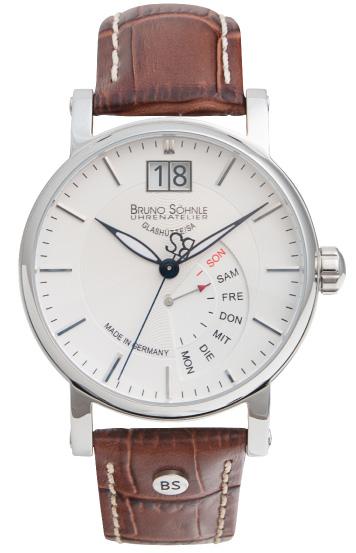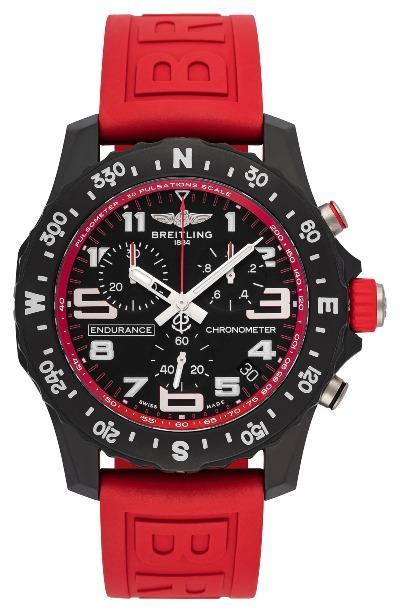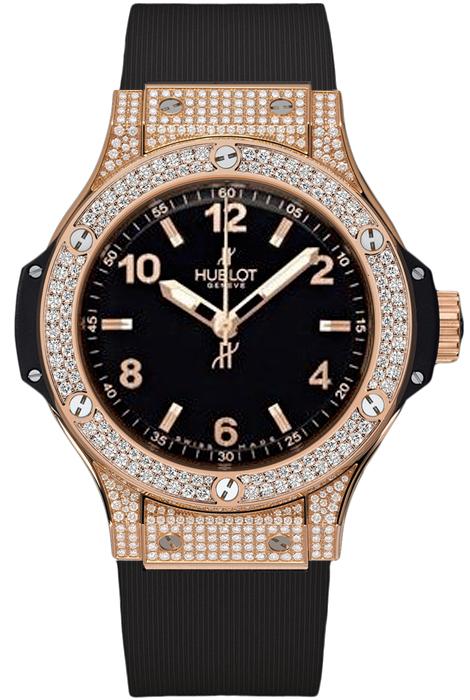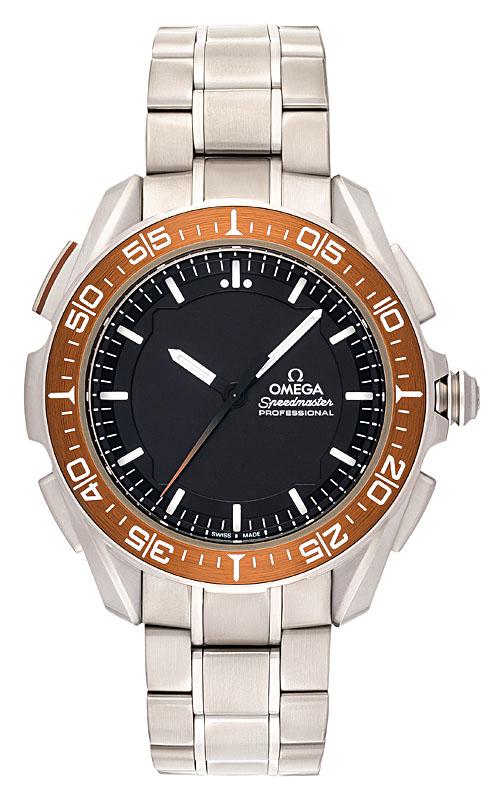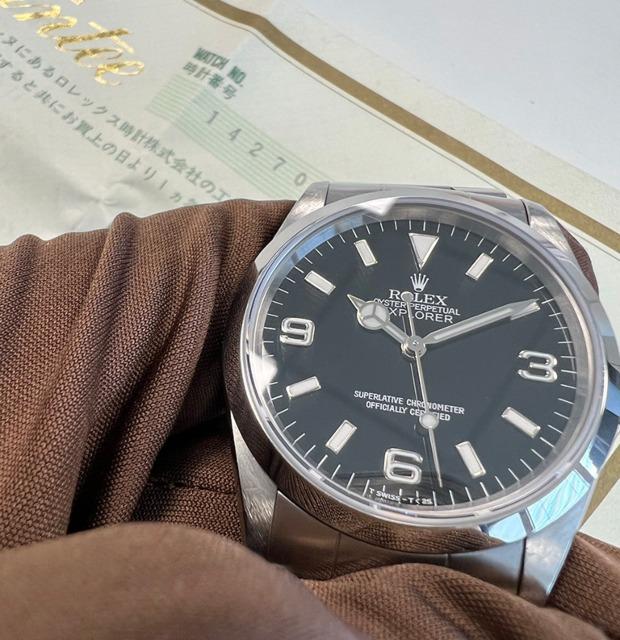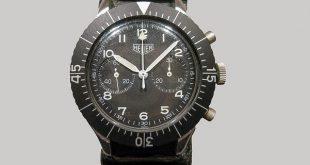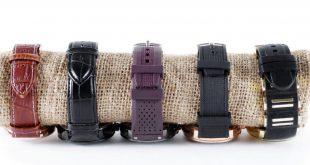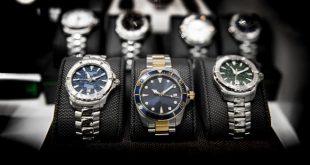« The great advantages of modern quartz watches »
Although electric timepieces are out of the question for many mechanical enthusiasts, they reveal an immense technical fascination upon closer inspection. Above all, the heart of the clock, the oscillator, is a delicate marvel on the wrist. Read on to find out how the mechanism works and why quartz oscillators surpass the precision of mechanical alternatives many times over.
Definition: Oscillator explained simply
According to the physical definition, oscillators refer to systems capable of oscillating. In watches, they act as clock generators and appear either as a balance-spring combination (hand-wound and automatic watches) or in the form of an oscillating quartz (quartz watch). The central task of the oscillator is to generate a steady beat, so that the energy stored in the mainspring barrel or in the battery is not arbitrarily passed on to the hand movement. Simply put: Without an oscillator, there is no correct seconds rhythm. Mechanical watches follow a quickly explained principle: The energy stored in the wound barrel is passed on to a wheel system, at the end of which is the so-called assortment (combination of pallet, escape wheel, balance, hairspring) including the oscillator. The oscillator regulates the energy before it is passed on in a finely timed manner to the movement. The development of functional assortments was one of the most demanding achievements of horology and made the world of watches as we know it today possible in the first place.
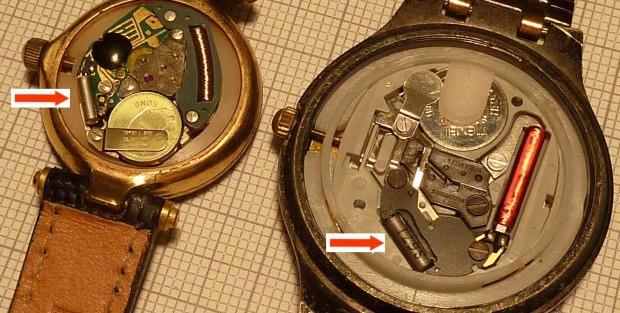
Quartz oscillators: A crystal sets the pace
Even the explanation of a quartz oscillator is not witchcraft. Analogous to the mainspring of a mechanical movement, the battery serves as an energy store. The quartz oscillator is used to ensure that it does not pass its current on to the gear train unregulated: looking like a small tuning fork, the crystal is made of synthetic material and is made to oscillate by the battery’s electrical voltage. The basis of this process is the piezoelectric effect, which was discovered in 1880 by the famous physicists Pierre and Jacques Curie. It states that certain crystals change their shape when a surface voltage is applied. The crystal vibrates exactly 32,768 times per second (32,768 Hertz).
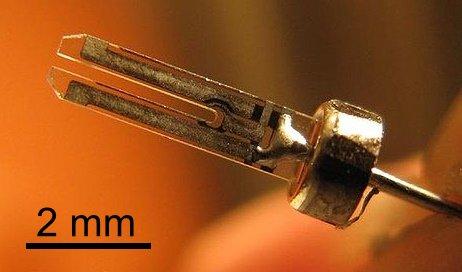
Why exactly 32,768 hertz?
Whether it’s TW-Steel, Tag Heuer or Breitling, the standard frequency of 32,768 hertz can be found in all price ranges and at all manufacturers. The reason for this uniformity is not a physical law, but a standard first defined by Girard-Perregaux in 1971 and subsequently adopted by the entire industry. To understand this, we need to consider the goal of a quartz watch: In the end, the second hand should move exactly once per second, that is, at a frequency of one hertz. However, an oscillating crystal whose natural frequency is one hertz according to piezoelectric laws would be huge and would not fit into any wristwatch. The smaller the crystal, the higher the frequency.
Watch manufacturers use the following trick: they use a much smaller quartz crystal (a few millimeters) that oscillates at 32,768 hertz when electricity is applied. Of course, the second hand must not tick at this speed. To reduce the frequency, a T-flipflop circuit is used between the oscillator and the gear train, consisting of 15 individual T-flipflops. These components each halve the incoming frequency. If you divide 32,768 hertz 15 times by 2, you get exactly 1 hertz. Now the oscillations are translated into the duration of one second and are finally passed on to a stepper motor, which transfers the energy to the gear train and thus the hands of the Junghans, Bruno Söhnle or other quartz watch. Each time the oscillator (the quartz crystal) completes 32,768 oscillations, the stepper motor transmits exactly one pulse to the gear train, resulting in a tick of the hands.
Quartz oscillator: Many times more precise compared to automatic watch
You see: A quartz oscillator is easy to explain. The important question is: What advantages does this modern-looking system, which was developed back in the 1920s, offer over mechanical timekeeping? The strongest argument lies in the massively increased precision. While a mechanical Junghans, Omega, or Tag Heuer typically clocks in at three to five hertz with its balance spring oscillator, the disproportionately higher frequency of the quartz movement provides a massive increase in accuracy. COSC-certified mechanical watches deviate between -4 and +6 seconds per day from atomic time, while average quartz calibers allow only 30 seconds of rate error per month.
High-end versions such as Breitling’s SuperQuartz movements increase this precision tenfold. For the wearer, this means that the time only needs to be readjusted every few months at most. Four other advantages of quartz technology are also strong selling points for many watch fans:
Robust, easy to clean and flat: other advantages
- Resistance: Compared to their mechanical counterparts, quartz oscillators are noticeably less sensitive to shocks, vibrations and pressure. An extreme example, the Sinn UX diver’s watch with an incredible 5,000 meters of pressure resistance from its quartz movement, illustrates the argument.
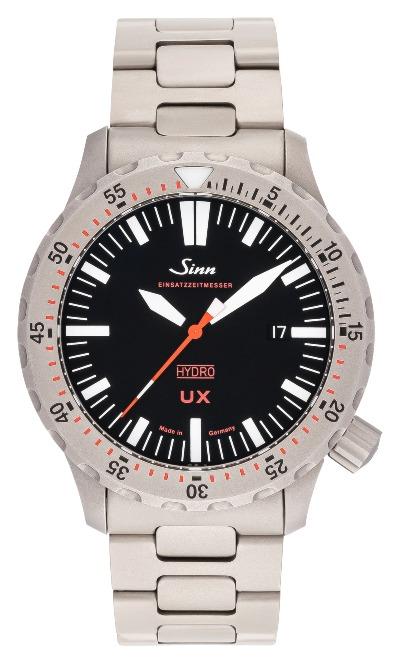
- Maintenance effort: Apart from battery changes (usually every two years), quartz watches typically require no special care, while mechanical movements need serious maintenance (oil changes, revision, etc.). The more complex the caliber, the more expensive and lengthy the process.
- Flat construction: although mechanical movements can now be wafer-thin, quartz models on average allow for the flatter construction. This is a clear advantage, especially for delicate ladies’ watches.
- Price: Even high-quality quartz movements require significantly less manufacturing effort than mechanical calibers, which translates into more affordable prices.
Disadvantages: Where does the quartz movement need to pass?
The percentage of quartz models in the product portfolio varies depending on the manufacturer: while TW-Steel, Bruno Söhnle and Maurice Lacroix are brands that offer a high level of choice, electronic timekeeping is a rarity at Omega. Rolex, Patek Philippe, Audemars Piguet and other high-end manufactures, on the other hand, have now completely abandoned quartz technology. The reason is simple: luxury watches are emotional products. Although the quartz movement convinces with rational arguments, it lacks the technical fascination of a handmade automatic movement made of hundreds of finely decorated components. Complexity, mechanical know-how and the joy of being able to admire dozens of filigree-tuned components through a glass window are THE reason for many buyers to purchase a timepiece at all in the 21st century. The aspects of a long tradition, the inheritability of a “forever” lasting value and the differentiation from digital everyday life are missing from the quartz model. For enthusiastic mechanics lovers, quartz watches are cool commodities that do not differentiate themselves decisively from other electrical devices.
Practical disadvantages should also be mentioned: First, quartz watches require more frequent visits to the watchmaker (two-year battery life versus five-year maintenance interval for mechanical watches); second, their durability is considered lower. However, we dare to doubt whether this argument stands up to the progressiveness of modern quartz oscillators.
 Uhrinstinkt Magazine
Uhrinstinkt Magazine
